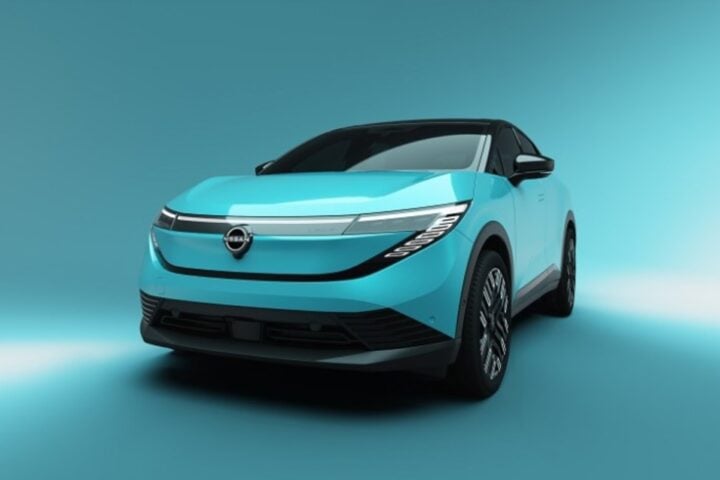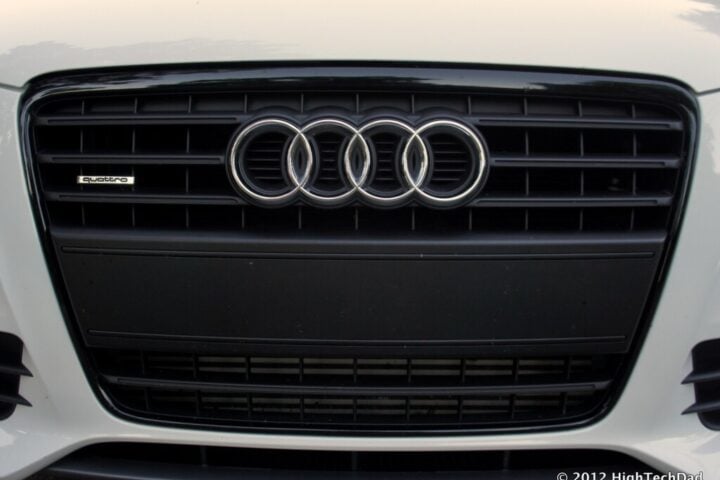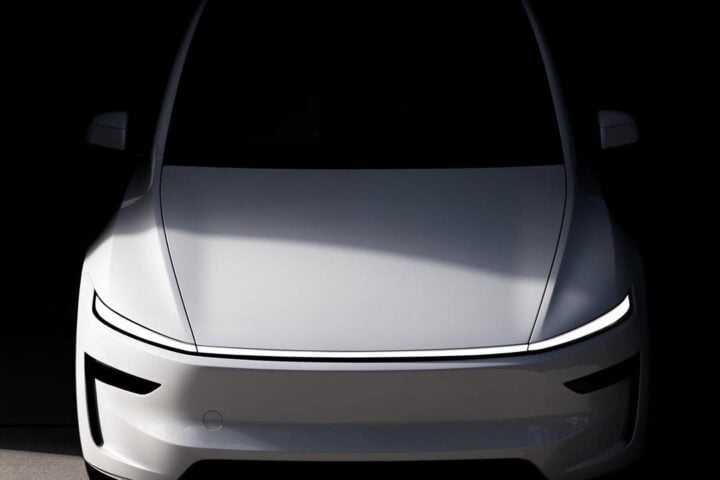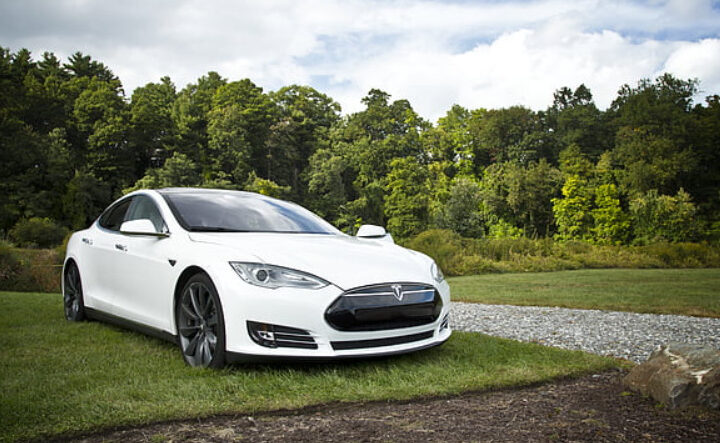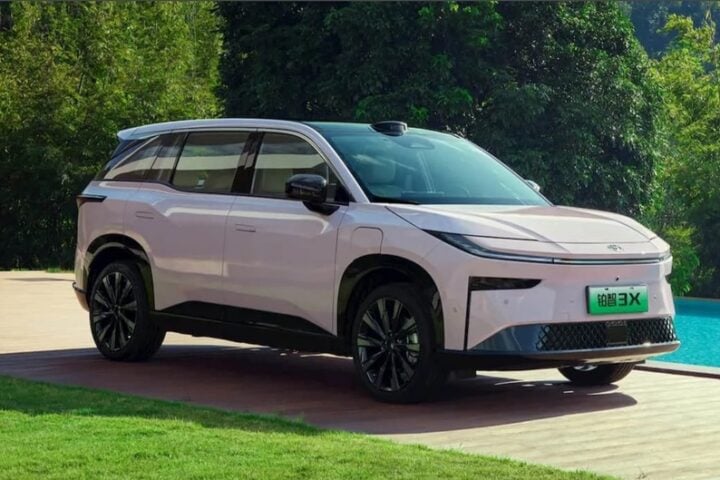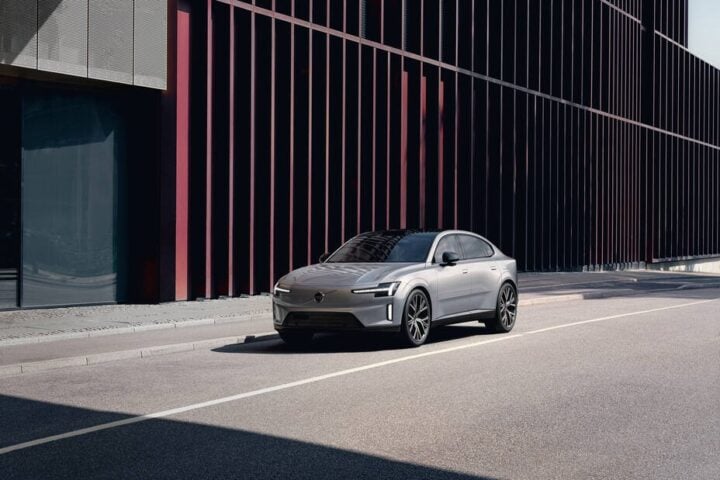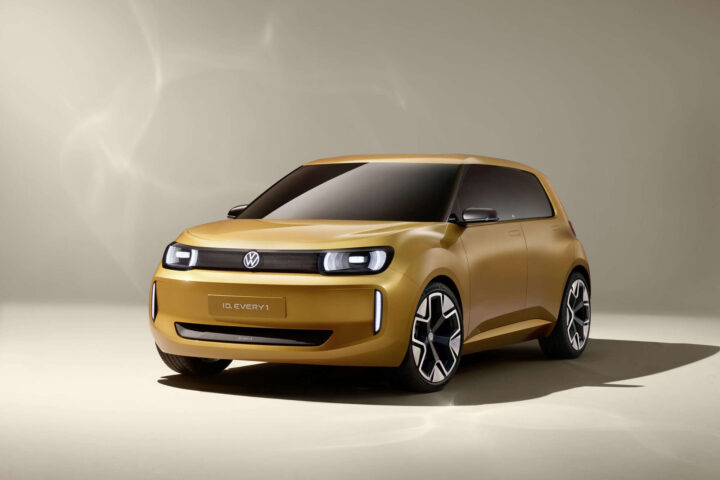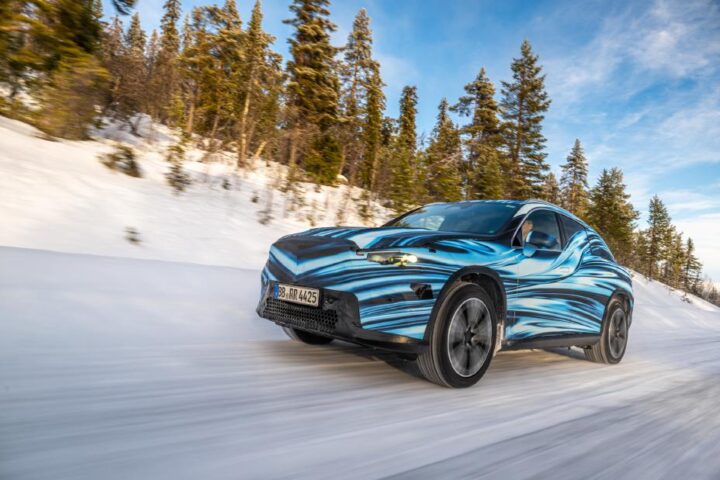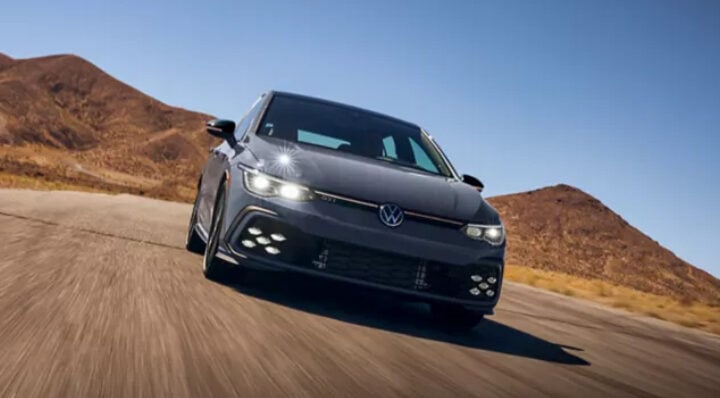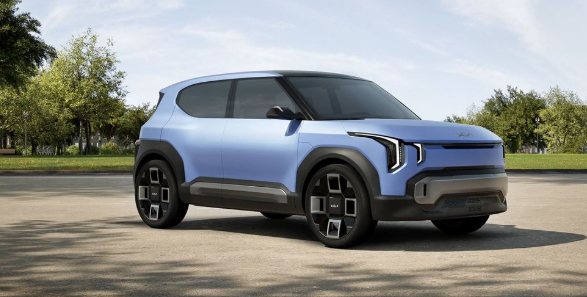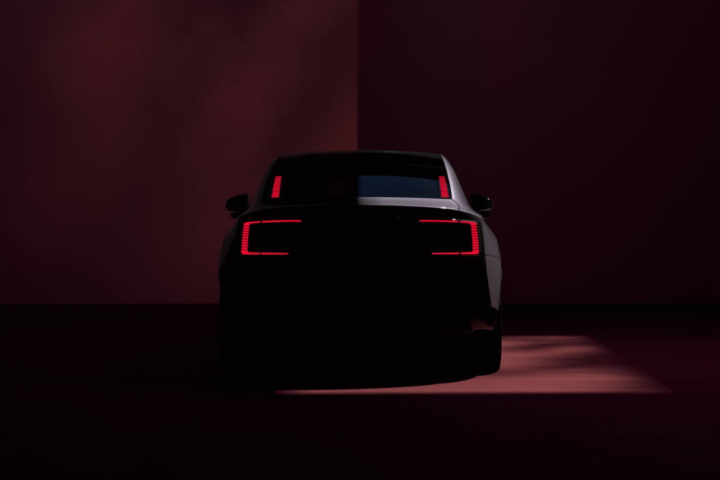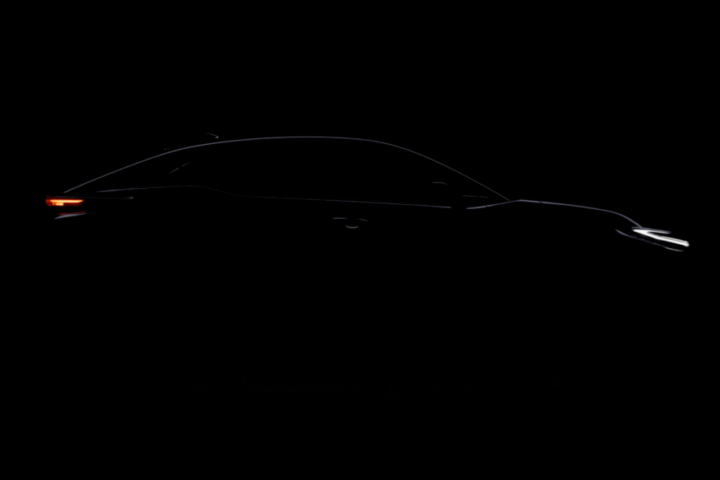In the bustling streets of Bangalore, the River Indie electric scooter made a distinctive entry, not with a roar, but with a silent, electric hum. The Indie, with its peculiar yet endearing design, has managed to turn heads, sparking conversations around its “robotic” aesthetics and substantial storage compartments. “The Indie may not have the prettiest design out there, but it’s certainly a striking look,” observes an early rider, highlighting the scooter’s ability to carve out its own niche in a market teeming with similar offerings.
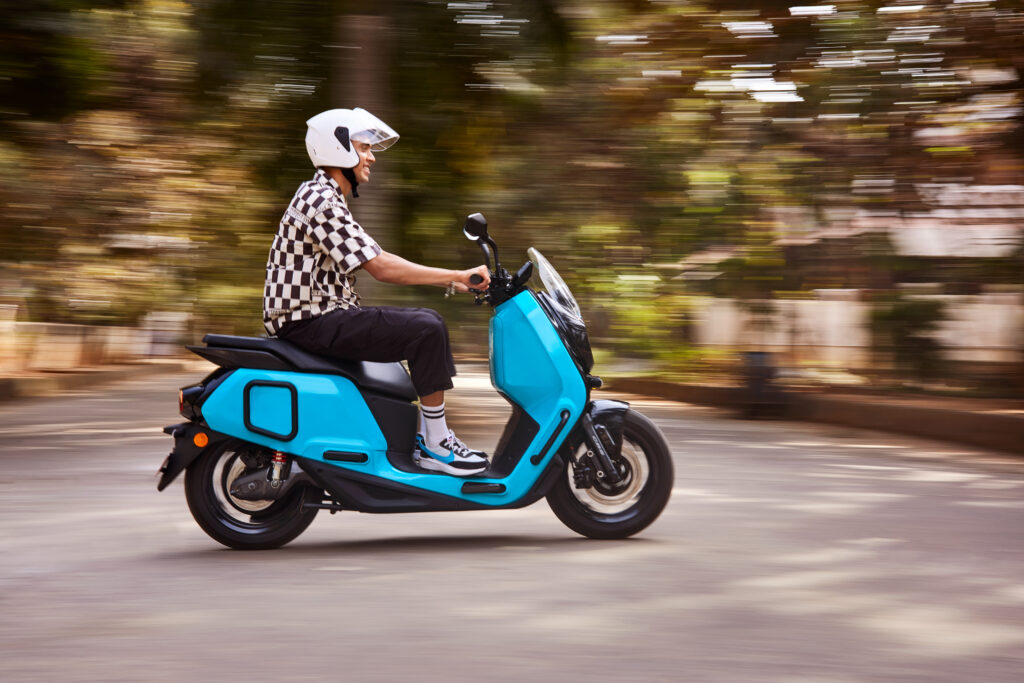
Balancing Utility with Lifestyle: A Closer Look at Design and Variants
The Indie, available in two variants – Utility and Lifestyle, is priced at Rs 1.25 lakh (ex-showroom, Bangalore). It brings to the table two large storage compartments, a 12-litre glove box, and a 43-litre under-seat boot, addressing a critical aspect often overlooked in e-scooters: storage space. The CEO, Aravind Mani, dubs it the ‘SUV of scooters,’ aligning with a utilitarian design philosophy that doesn’t compromise on style. “It can’t offer the off-road ability that a proper SUV might…But how many SUVs actually end up going off-road anyway?” Mani poses a rhetorical question, emphasizing the Indie’s real-world practicality over hypothetical scenarios.
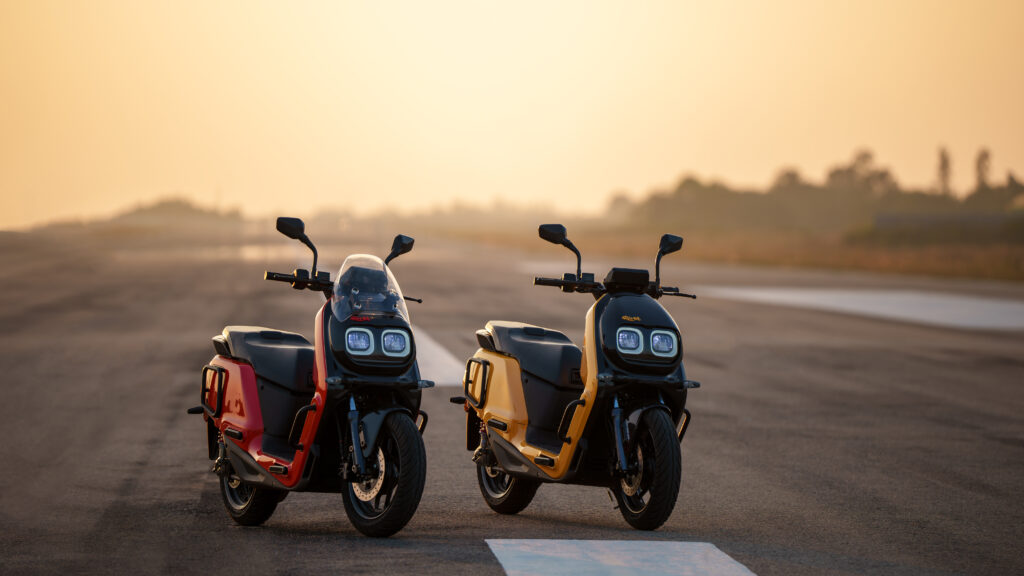
Similar Posts
Powering Through the City: A Dive into Performance and Charging
The Indie is powered by a 4 kWh battery pack, offering a range of 120 km, and uses an electric motor that generates 9 BHP and 26 Nm. The company claims a charging time of 5 hours from 0-80% using a standard charger. While these figures are commendable, the real-world implications of these numbers, especially in diverse Indian terrains and traffic conditions, remain to be thoroughly explored. The Indie offers three riding modes: Eco, Ride, and Rush, each catering to different riding needs and conditions. However, the actual on-road performance and adaptability of these modes in varied Indian driving conditions will be crucial in determining the Indie’s widespread acceptability and success.
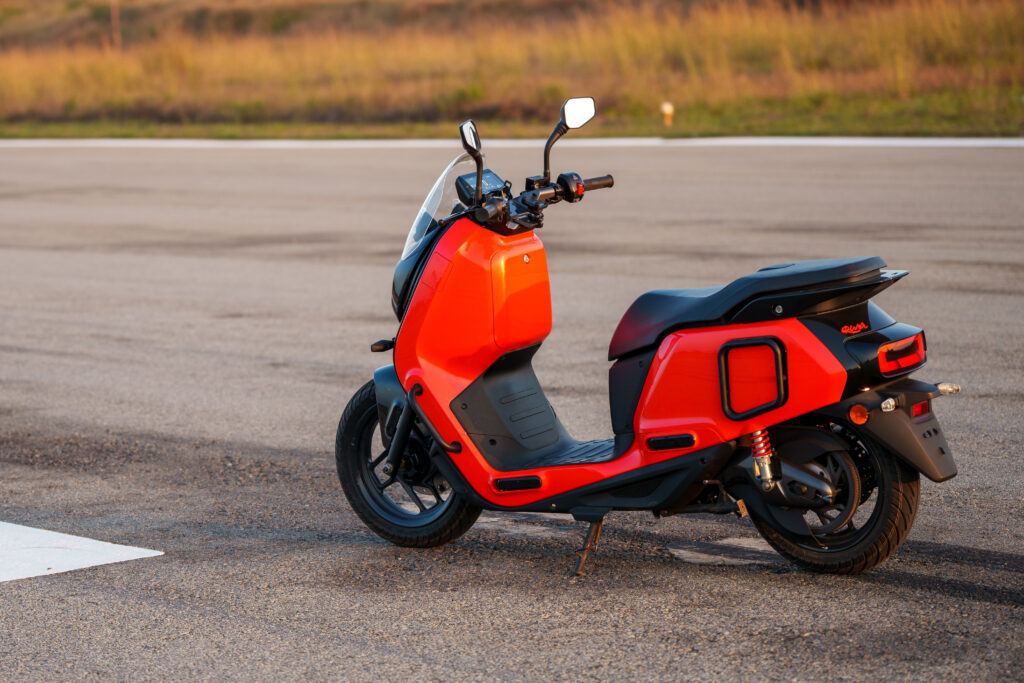
A Hearty Nod to Comfort and Practicality
The Indie has been lauded for its substantial feel and spacious design, accommodating riders of varying heights comfortably. The seating position, arm placement, and flexibility in adjusting one’s position while riding have been noted positively by early riders. However, the slightly higher floorboard might be a point of contention for some riders, despite the innovative addition of rider foot pegs. The Indie’s commitment to providing ample storage, with its massive underseat boot and glovebox, is a clear nod to practicality, a feature that will undoubtedly resonate with daily commuters.
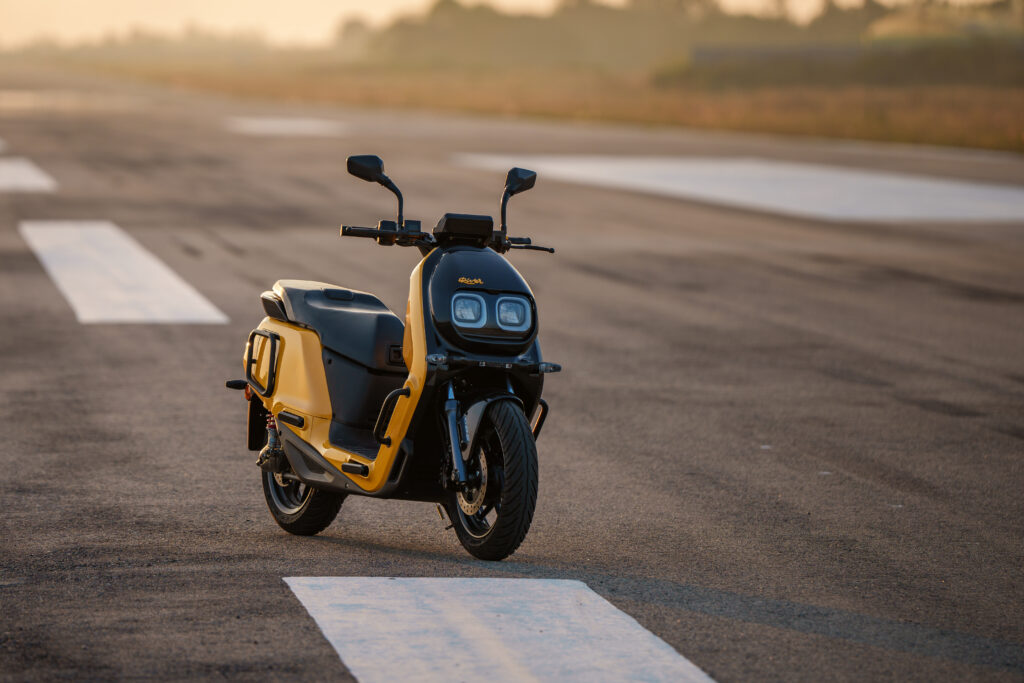
Addressing the Critical: Quality and Features
While the Indie scores in various departments, critical evaluation of its build quality and features is imperative. Observations point towards a few areas, such as the charging port cover and switch cubes, that could benefit from enhanced sturdiness and consistency. “The flap covering the charging port feels quite flimsy and flexes a little too much,” notes a tester, indicating a potential area for improvement. The Indie sticks to fundamental features, avoiding the race for flashy add-ons. However, in a market where competitors might offer a tad more in terms of tech integration, will the Indie’s fundamental approach hold its ground?
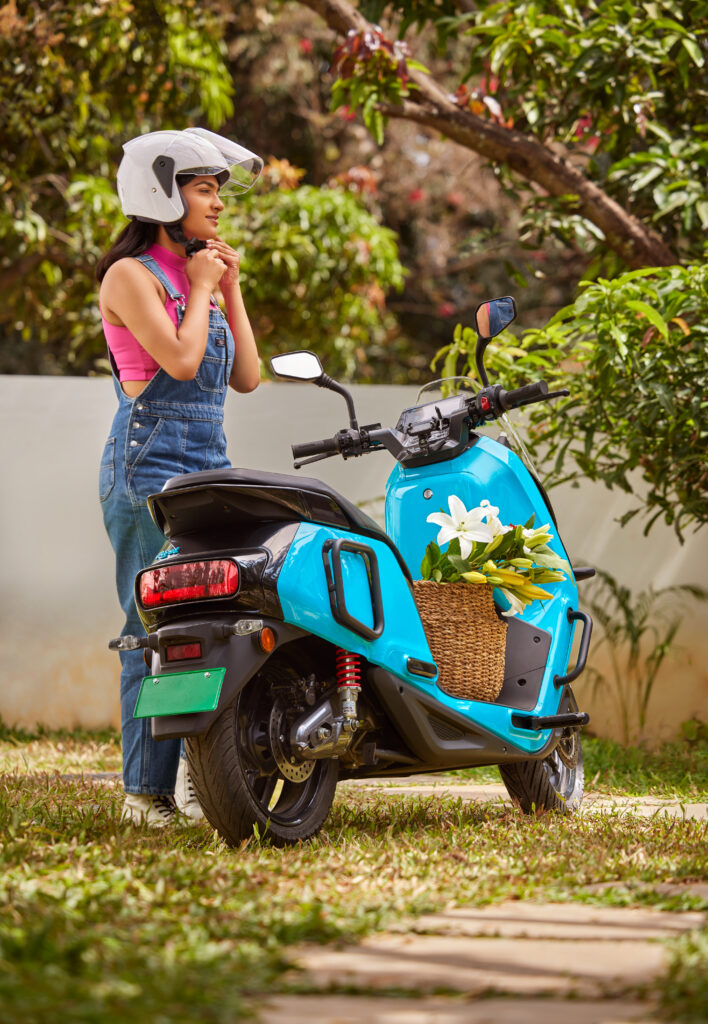
A Future Etched in Electric: What Lies Ahead for the Indie?
With the first deliveries being pushed to March 2024, the Indie’s journey is only beginning. The eventual user reviews, post prolonged usage, will play a pivotal role in shaping its future trajectory in the Indian e-scooter market. Furthermore, the after-sales service, maintenance, and the brand’s ability to address user concerns will be under the scanner, as River navigates through the real-world challenges of the electric vehicle market.
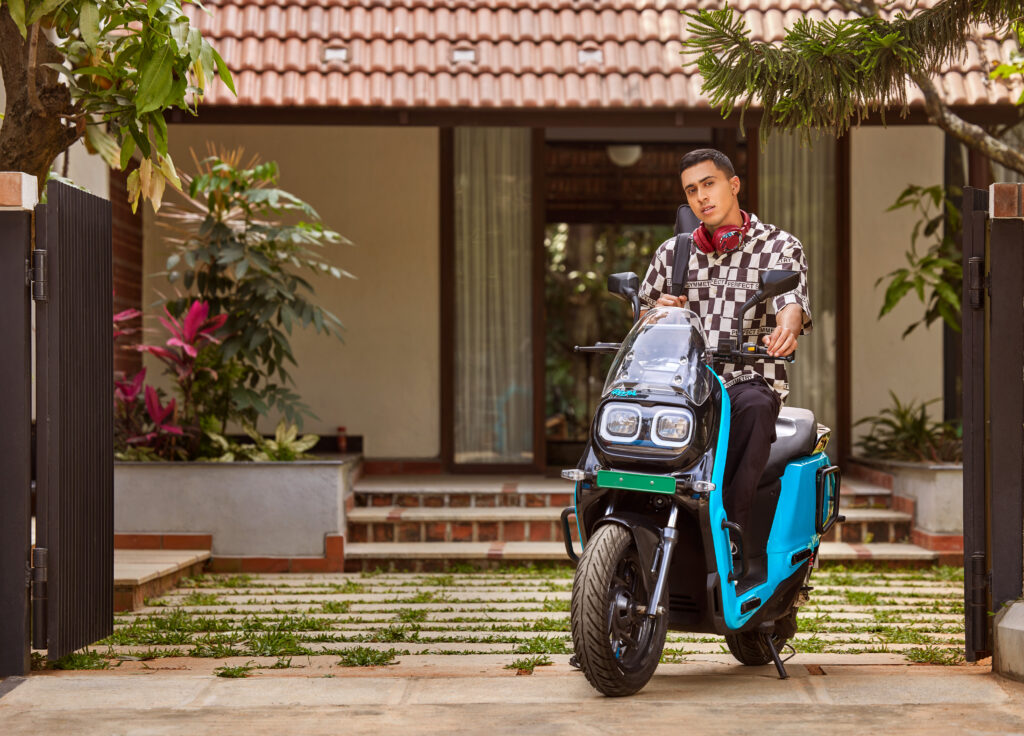
While the River Indie has sparked interest with its distinctive design and utility-focused approach, its journey through the intricate web of the Indian electric scooter market will be a path to watch, as it intertwines with user expectations, on-road performance, and the evolving electric vehicle infrastructure in the country.
